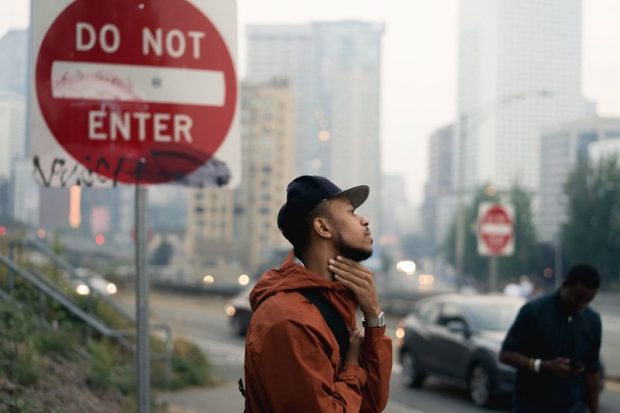The Ultimate Guide To Framing Streets
Table of ContentsSome Known Incorrect Statements About Framing Streets The Ultimate Guide To Framing StreetsThe smart Trick of Framing Streets That Nobody is Talking About3 Simple Techniques For Framing StreetsGetting The Framing Streets To WorkIndicators on Framing Streets You Need To Know
, usually with the purpose of recording pictures at a crucial or emotional minute by mindful framework and timing. http://tupalo.com/en/users/6037642.
As a result his boots and legs were well defined, however he is without body or head, because these remained in movement." Charles Ngre, waterseller Charles Ngre. https://detts-mccleocy-skath.yolasite.com/ was the initial digital photographer to acquire the technical sophistication called for to sign up individuals in movement on the street in Paris in 1851. Photographer John Thomson, a Scotsman dealing with reporter and social protestor Adolphe Smith, released Street Life in London in twelve month-to-month installments starting in February 1877
The Best Guide To Framing Streets
Eugene Atget is considered a progenitor, not due to the fact that he was the initial of his kind, however as an outcome of the popularisation in the late 1920s of his record of Parisian roads by Berenice Abbott, who was influenced to embark on a similar documents of New york city City. [] As the city created, Atget helped to promote Parisian roads as a worthy subject for digital photography.

The Main Principles Of Framing Streets
Martin is the initial recorded digital photographer to do so in London with a masked camera. Mass-Observation was a social research organisation started in 1937 which intended to tape-record day-to-day life in Britain and to tape the reactions of the 'man-in-the-street' to King Edward VIII's abdication in 1936 to marry separation Wallis Simpson, and the sequence of George VI. The principal Mass-Observationists were anthropologist Tom Harrisson in Bolton and poet Charles Madge in London, and their first record was produced as guide "May the Twelfth: Mass-Observation Day-Surveys 1937 by over 2 hundred viewers" [] Home window cleaner at Kottbusser Tor, Berlin, by Elsa Thiemann c. 1946 The post-war French Humanist College photographers discovered their topics on the road or in the restaurant. In between 1946 and 1957 Le Groupe des XV yearly displayed work of this kind. Andre Kertesz. Circus, Budapest, 19 May 1920 Street digital photography formed the significant material of two events at the Gallery of Modern Art (Mo, MA) in New york city curated by Edward Steichen, 5 French Digital Photographers: Brassai; Cartier-Bresson, Doisneau, Ronis, Izis in 1951 to 1952, and Post-war European Digital Photography in 1953, which exported the principle of street photography internationally.

More About Framing Streets
The recording machine was 'a hidden camera', a 35 mm Contax concealed underneath his layer, that was 'strapped to the upper body and linked to a lengthy cord strung down the best sleeve'. Nonetheless, his job had little modern impact as because of Evans' sensitivities regarding the creativity of his job and the personal privacy of his topics, it was not published till 1966, in the publication Lots of Are Called, with an intro written by James Agee in 1940.
Helen Levitt, after that an instructor of young kids, associated with Evans in 193839. She documented the transitory chalk drawings - Street photography that became part of children's street society in New york city at the time, as well as the kids who made them. In July 1939, Mo, MA's brand-new photography area included Levitt's job in its inaugural eventRobert Frank's 1958 publication,, was significant; raw and frequently indistinct, Frank's pictures examined conventional photography of the moment, "tested all the official rules laid down by Henri Cartier-Bresson and Pedestrian Evans" and "flew in the face of the wholesome pictorialism and heartfelt photojournalism of American publications like LIFE and Time".